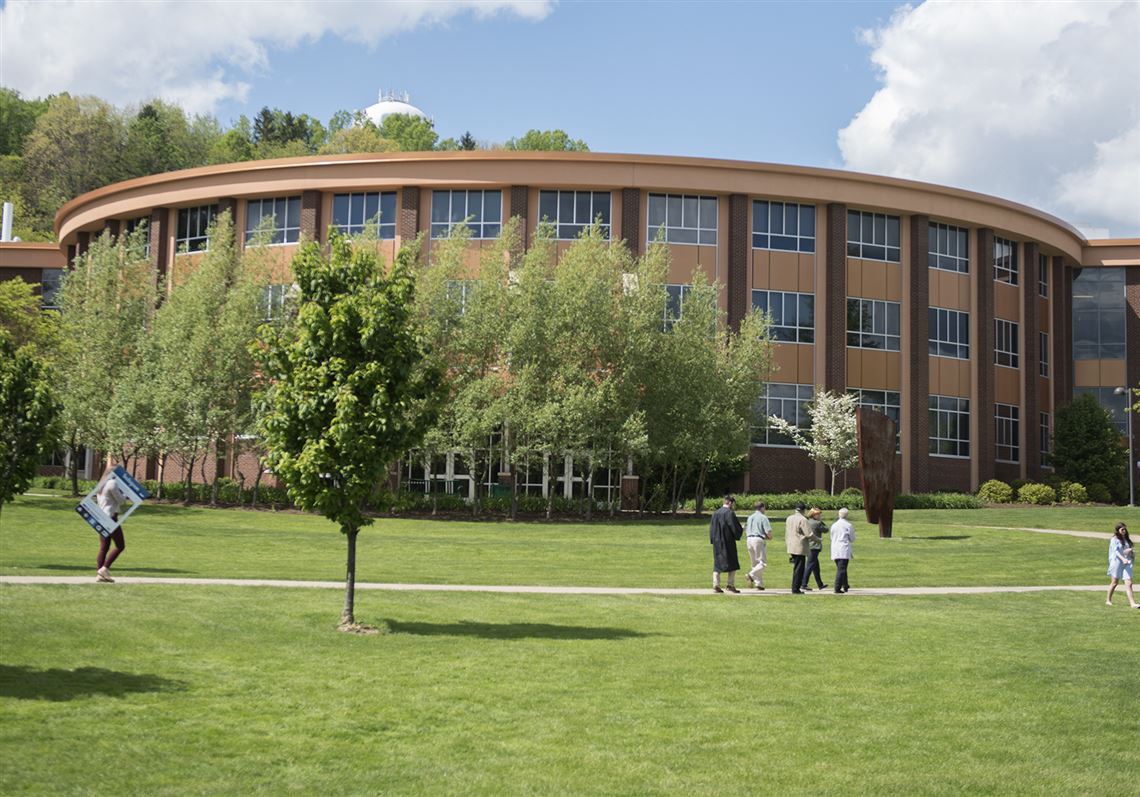Wander through a state-owned university campus in Pennsylvania and you just might spot a recruiting tool of the modern college age — that proverbial rock climbing wall, perhaps, or a dining hall chef who can dazzle undergraduates with demonstration cooking.
But as worries over college prices and student debt grow, schools across the State System of Higher Education are relying more heavily on an older but equally potent tool to attract and retain students: financial aid.
Dollars earmarked for those awards have almost doubled in six years across the 14 member universities, from $38.2 million in 2014-15, to $69.7 million this year, with amounts varying sharply by campus, a review of State System data shows.
The increase this academic year alone was 11 percent, or more than $7 million, according to system records.
And it’s projected to grow further, to $77 million by 2022, according to material prepared for review by the State System’s board of governors, who are meeting over two days beginning Wednesday at Kutztown University.
Institutional aid that’s well-targeted helps schools stay affordable and better compete for students as numbers of high school graduates in Pennsylvania and elsewhere continue to decline, officials said. The State System, Pennsylvania’s least expensive four-year campus option, includes California, Clarion, Edinboro, Indiana and Slippery Rock universities in Western Pennsylvania.
The system with 95,802 students as of this fall has lost 20 percent of its enrollment since 2010. The board, as part of a system redesign, is giving campuses more authority to set tuition and aid policies in return for greater accountability for their decisions.
A review of 2019-20 data shows sharp variation among the campuses in how much aid is available, from $12.1 million at Indiana University of Pennsylvania to $3.3 million at Millersville, and even less — $400,000 — at Cheyney, a historically black college that is the system’s smallest, with 618 students.
David Pidgeon, a State System spokesman, said Tuesday that system officials were unavailable for comment on the campus numbers. System totals for merit-based versus need-based aid were not immediately available.
One education policy expert said the trend fits an unfolding strategy by a university system that long has straddled the line between centralized and campus control.
“I think the growth numbers, as well as that variation, reflect the greater latitude the board of governors and the system are giving each institution,’’ said Ron Cowell, a former state lawmaker who is executive director of the Education Policy and Leadership Center, based near Harrisburg.
Schools public and private face myriad recruiting pressures, not to mention general skepticism about cost and the value of a degree.
“Given all of that, I think the board is on the right track,’’ Mr. Cowell said. “Each of these institutions is in a different financial situation, so the ability of each to sustain this probably varies.”
He likened it to tuition discounting that has proliferated at private colleges. He suggested the board should watch the system trend over time and hold campuses accountable for results.
Christine Kindl, a spokeswoman for Cal U, said it’s probably no surprise her school has a financial aid budget of $8 million, slightly more than that of West Chester University, though Cal U’s enrollment is less than half West Chester’s 17,000-plus students. Household incomes, financial aid needs and the student market are all different in suburban Philadelphia than Cal U’s prime recruiting area.
“We’ve been very thoughtful and strategic, with the goal of not only helping more students afford an education, but to encourage students with a higher profile to choose Cal U,” she said.
Michelle Fryling, an IUP spokeswoman, said “it’s not necessarily about ‘competing’ for students — it’s about recruiting students who are the best fit for IUP and will succeed.”
Since talk of redesign began in 2017, financial aid strategies have drawn less public attention than the politically charged debate over how many universities Pennsylvania can continue to sustain. Like his predecessors, system Chancellor Daniel Greenstein sees a need for them all but says they must collaborate, leveraging their collective size by sharing operations and programs.
In 2014, the board gave the schools increased leeway to funnel education and general revenues into aid at a time when observers and the system’s own consultant were warning that cost was contributing to a retention problem.
The base yearly in-state system rate this year is $7,716, less than half that of Penn State University or the University of Pittsburgh. Total costs including room, board and other fees bring the average total cost to about $22,000 across the system.
In November 2017, the board made arguably its boldest financial aid move by allowing schools to, in effect, double the percentage of yearly tuition and fee income they can plow back into scholarships. Prior to that meeting, no more than a combined 10 percent could be used — 5 percent each, for need- and merit-based aid, officials said. The new limited doubled that ceiling to 20 percent, though it was unclear how extensively schools would use the new authority.
"Perhaps what’s most important about this change is that each university will be able to decide whether to expand the amount of financial aid it offers and set the guidelines for doing so," said interim State System Chancellor Karen Whitney.
Bill Schackner: bschackner@post-gazette.com, 412-263-1977 and on Twitter: @Bschackner
First Published: October 16, 2019, 2:14 a.m.






















